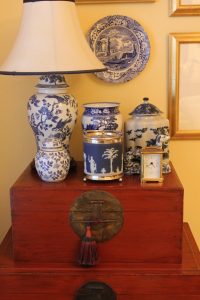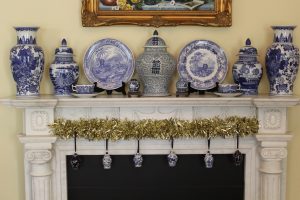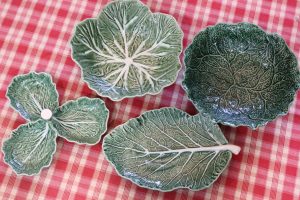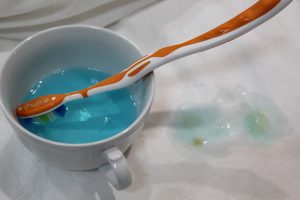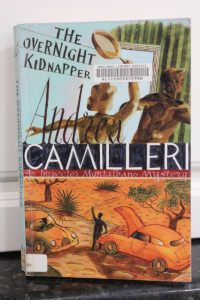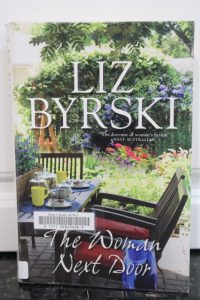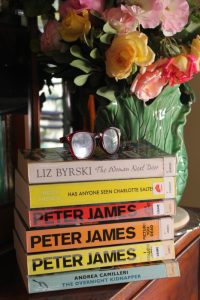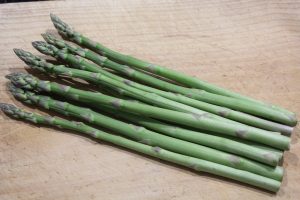calming occupations
After the rush of Christmas shopping and celebrating you might be thinking about some activities which will help you slow down. Mindful activities are relaxing and the finished product can be very satisfying. Consider these: gardening, tending indoor plants, knitting, crocheting, growing your own herbs, reading, keeping a journal, sewing, birdwatching, walking, drawing and painting and tai chi or yoga.


Image Pixabay
All require some concentration and the outcome can be very rewarding. Now is the time to slow down and enjoy some relaxed time!
screen time
Researchers are considering the impact of screen time on small children aged between 0-3 years of age. Research from 2014 reveals children spending an average of five hours a week on devices had elevated BMIs (Body Mass Index). Worldwide, the incidence of myopia (short sightedness) is the fastest growing problem for children. Another area considered was sleeping habits. Children who don’t have access to devices sleep better. All things to consider before giving a small child a screen for any length of time.


Image Pixabay
happy new year!
Do you write New Year Resolutions? Do you list the same things year after year but never quite get there? I just read on an American site about Quitters Week, usually about the third week of January when the weather makes a morning run unpleasant, or you’re fed up with salads or the gym is hot and a bit stinky. Maybe your goals are more focused on your home as you plan to sort out the junk room/cupboard/drawer but just don’t get around to doing it. Or you plan to sort out insurance policies or healthcare but never get it sorted.


Image Pixabay
The same site suggested listing goals, journaling (writing detailed plans) or making a vision board. The vision board requires images cut from magazines, brochures or similar sources that resonate with your goals, stuck onto a board and then left where you’ll see it regularly. The samples online look like a lot of work but they are very attractive and popular!
If you’re keen on new year resolutions, the science offers these four steps to success. Just choose one thing to change, not a long list as this will be overwhelming and soon discarded.
1. Start small. The pre-frontal cortex, the change making part of the brain, is easily overwhelmed. Try one small step at a time, building momentum each day, works.
2. Be specific, such as ‘I will save $500 by the beginning of February’ rather than ‘I want to save money’. List how to achieve you goal, then break the steps down into clear and achievable steps.
3. Reward yourself with little treats to mark each success. Make it easy to succeed.
4. Make sure you know what success will look like. Describe your goal clearly. Revisit your plan regularly. Be realistic about how you can achieve your goal.
Regardless of your plans and how you present them, I wish you a happy and healthy new year.








